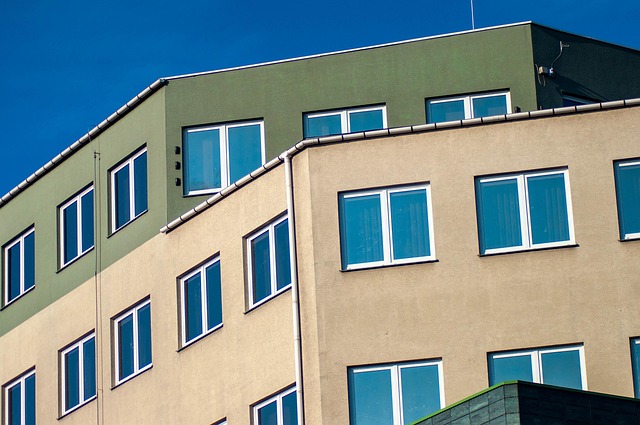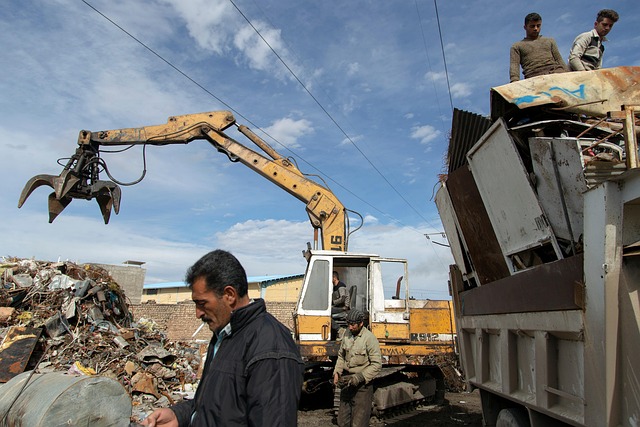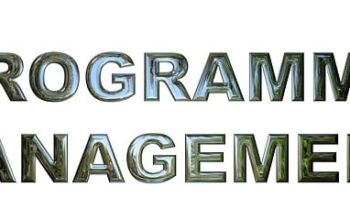Tenant turnover presents significant challenges for landlords, including financial instability, increased marketing costs, and potential property damage. Proactive property management strategies, such as efficient communication, swift issue resolution, and regular tenant feedback, mitigate these issues by fostering strong relationships and creating positive living experiences. This approach leads to reduced vacancy rates, lower turnover costs, minimized property damage, and long-term profitability for rental properties.
In the dynamic realm of real estate, tenant turnover poses a significant challenge for landlords. This article explores how proactive property management can be a game-changer in reducing turnover rates. By understanding the root causes of tenant dissatisfaction and implementing strategic solutions, property managers can foster stability and build long-lasting relationships with residents. Discover how open communication, prompt issue resolution, and preventative maintenance practices create an environment that keeps tenants happy and committed to their homes. Embrace proactive property management for a thriving, stable investment portfolio.
- Understanding Tenant Turnover: The Impact on Properties and Landlords
- The Role of Proactive Property Management in Building Tenancy Stability
- Strategies for Effective Communication and Relationship Building with Tenants
- Implementing Preventive Measures to Anticipate and Resolve Potential Issues
Understanding Tenant Turnover: The Impact on Properties and Landlords

Tenant turnover, or the rate at which tenants leave a property and are replaced by new ones, is a significant concern for landlords and property managers. It can have far-reaching consequences, not just for individual properties but for entire real estate portfolios. High tenant turnover rates lead to financial instability for landlords, as they face frequent vacancies, increased marketing costs to attract new tenants, and potential damage to the property during each transition. This can result in lower overall revenue and a strain on managing resources.
In addition, it disrupts the stability of the property’s community, leading to a loss of consistent rent payments and making it harder to maintain a positive living environment. Proactive property management strategies are designed to mitigate these issues by addressing tenant concerns proactively, ensuring a comfortable living experience, and fostering strong relationships. By implementing efficient communication channels, quick issue resolution, and regular feedback loops, landlords can minimize turnover and create a desirable rental environment that encourages long-term tenancy.
The Role of Proactive Property Management in Building Tenancy Stability

Proactive property management plays a pivotal role in fostering tenancy stability and longevity. It involves a forward-thinking approach where managers anticipate and address tenant needs before issues arise. By regularly communicating with residents, understanding their concerns, and promptly resolving maintenance problems, landlords can create an environment that promotes satisfaction and retention. This strategy includes implementing efficient systems for reporting and fixing issues, ensuring fair and transparent communication, and offering personalized services tailored to individual tenants’ preferences.
In contrast to reactive management practices, which often deal with problems after they occur, proactive measures build stronger relationships with tenants. Satisfied residents are less likely to move out, reducing vacancy rates and the associated costs of finding new tenants. Moreover, happy tenants tend to take better care of properties, minimizing damage and maintenance expenses in the long run. Thus, proactive property management is a strategic investment that not only enhances tenant stability but also contributes to the overall success and profitability of rental properties.
Strategies for Effective Communication and Relationship Building with Tenants

In proactive property management, open and consistent communication is key. Regular check-ins with tenants, whether virtual or in-person, create a sense of belonging and allow property managers to anticipate any issues before they escalate. Active listening ensures that tenant concerns are not only heard but also addressed promptly, fostering a positive relationship built on trust. Additionally, keeping tenants informed about maintenance schedules, community events, and other relevant updates helps maintain a harmonious living environment.
Relationship building goes beyond communication. Property managers should strive to create a supportive atmosphere where tenants feel valued and respected. This can be achieved by recognizing and celebrating milestones, understanding individual needs, and providing personalized services. A friendly and approachable demeanor encourages tenants to share their feedback openly, enabling continuous improvement in the living experience. Proactive engagement not only reduces tenant turnover but also enhances overall community satisfaction.
Implementing Preventive Measures to Anticipate and Resolve Potential Issues

Proactive property management involves implementing preventive measures that anticipate and resolve potential issues before they escalate. By regularly inspecting properties, property managers can identify and address maintenance concerns early on, ensuring that tenants enjoy a comfortable living environment. This reduces the likelihood of sudden repairs or unexpected situations that may disrupt their daily lives.
Tenants appreciate when their concerns are swiftly addressed, leading to higher satisfaction levels. Regular communication between property managers and tenants further strengthens this relationship, fostering an environment where issues are reported promptly. As such, proactive management not only cuts down on tenant turnover but also enhances the overall living experience, encouraging tenants to stay longer and potentially recommend the property to others.
Proactive property management is a powerful tool in reducing tenant turnover, fostering stability, and enhancing overall property value. By implementing strategies that focus on effective communication, relationship building, and preventive maintenance, landlords can create an environment where tenants thrive. This approach not only saves time and resources but also ensures a steady stream of satisfied residents, making it a game-changer for the real estate industry. Proactive Property Management is key to navigating the complex landscape of tenancy, ultimately leading to successful long-term relationships.




